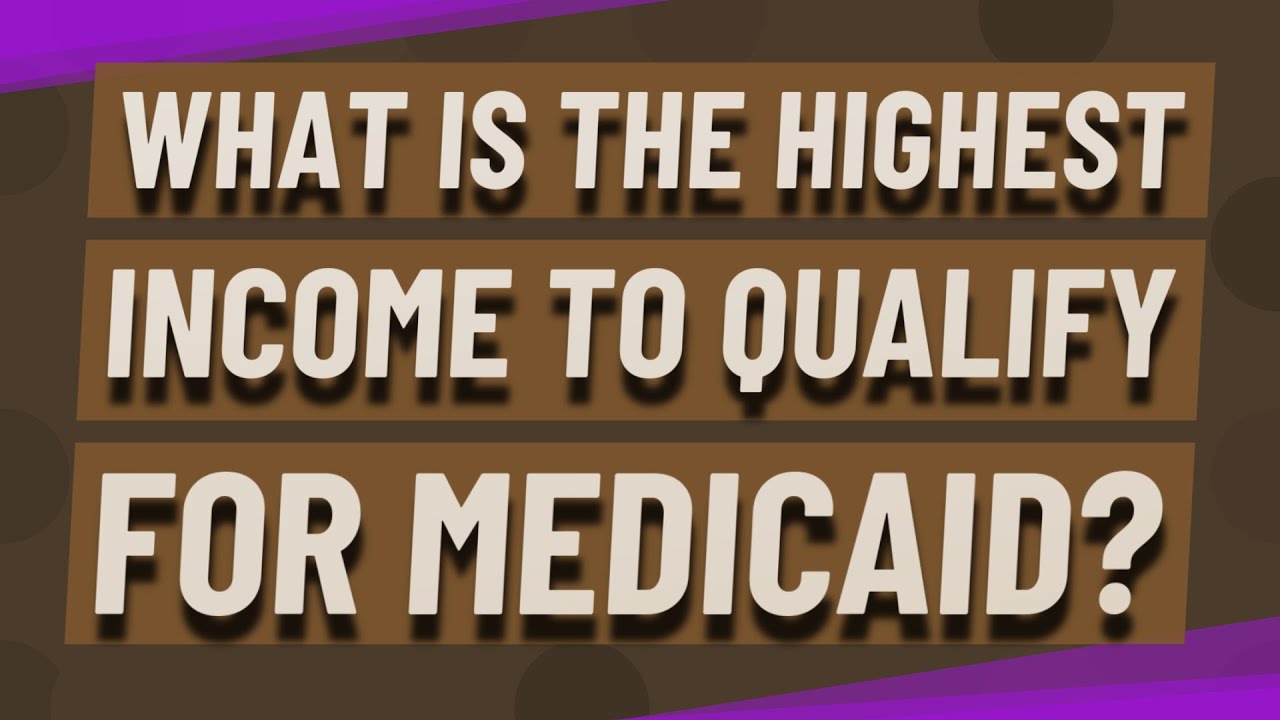Despite the Medicaid expansion under the Affordable Care Act, which raised the income criteria to qualify for Medicaid, many Americans still do not have health insurance. An estimated 28 million Americans (or 8.6 per cent of the population) lacked health insurance at some point in 2020, according to statistics from the US Census Bureau.
Income limits for Medicaid eligibility are set differently in each state
Medicaid is a federal-state partnership that provides health coverage for low-income Americans. It was set up to help low-income families pay for medical care for their kids, expectant mothers, seniors, and people with disabilities. While there are minimum standards established at the federal level, individual states have the option of mandating coverage for even more medical procedures.
Due to the methodology used, the Affordable Care Act’s expansion of Medicaid eligibility to cover people with incomes up to 138 per cent of the Federal Poverty Level is more accurately described as a 133 per cent increase in income. Medicaid is available in every state and the District of Columbia, along with all territories. There was also the option for states to opt-out of the Medicaid expansion, which twelve have done so far. There are no universal income criteria to qualify for Medicaid due to the fact that states can set their own, which might be greater or lower depending on factors like expansion or non-expansion.
Limits on federal income that would make one eligible for Medicaid
To calculate the Federal Poverty Level for the lower 48 states and DC, we need to know how many people are living in the household. Expenditures in 2022 range from $13,590 for an individual to $27,750 for a family of four to $46,630 for a family of eight. If your family has nine members or more, you need to add $4,720 per person to your total budget. Alaska and Hawaii have a higher Federal Poverty Level than the rest of the United States. As of every January 1st, the sum is revised upward to account for inflation.
Besides differing from state to state, the required proportion of a household’s income varies more or less based on the recipient’s circumstances. Some states that have extended Medicaid coverage have capped eligibility for families and individuals at 138 per cent of the federal poverty level. The highest income limitations are in the District of Columbia, at 221 per cent for a family of three and 215 per cent for all other persons. There is a lower eligibility requirement of 16 per cent for a family of three in Texas, which has not extended Medicaid coverage.
It’s common for eligibility requirements to be substantially higher for pregnant women and youngsters. Certain groups, such as the elderly, the disabled, pregnant women, and children, are usually exempt from meeting the income threshold percentage, which might vary depending on whether or not the individual is employed.

